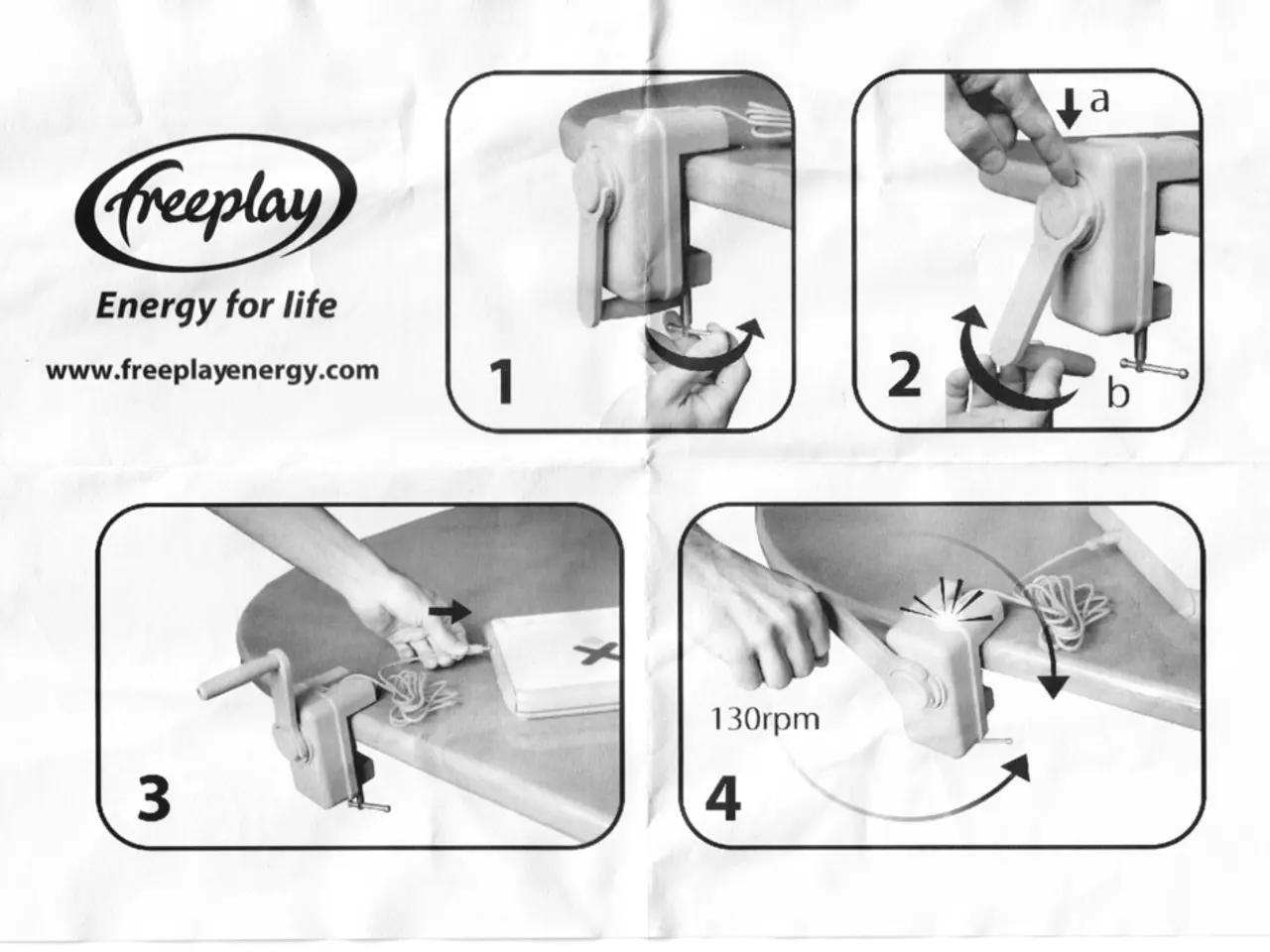Breakthrough Depression Treatment PACE Shows Remarkable Results
A new experimental treatment, Personalized Adaptive Cortical Electro-Stimulation (PACE), has shown remarkable results in a preprint study on OSF. The treatment, tailored to each patient's unique brain activity, has provided hope for those suffering from treatment-resistant depression (TRD) who have exhausted all other options.
The development of PACE is linked to research efforts from institutions involved in brain-computer interfaces and neural stimulation technologies, including those supported by the NIH Brain Initiative. Unlike conventional treatments like ECT, PACE personalizes stimulation based on the patient's immediate responses.
In a case study, a 44-year-old man, who had struggled with severe depression for 31 years, experienced a remarkable turnaround after undergoing PACE. Within seven weeks, his suicidal thoughts had completely dissipated, and after four months, his mood improved by 59% on standardized depression scales. The patient also lived with PTSD and panic disorder, having tried 19 different medications and three rounds of ECT without lasting relief. PACE targeted the default mode network (DMN), leading to an overwhelming surge of joy and a profound change in his mental state. Remarkably, the patient maintained these improvements for at least 30 months.
PACE uses precision functional mapping and real-time adjustment of stimulation. It targets the default mode network (DMN), which is often overactive in depression. In this patient, the salience network was highly atypical, covering 12.4% of the cortical surface area, four times more than typically seen in healthy individuals.
The promising results of PACE offer new hope for those suffering from TRD. By personalizing treatment and targeting specific brain networks, PACE has shown sustained improvements in mental state. Further research is needed to confirm these findings and explore the full potential of this innovative therapy.





